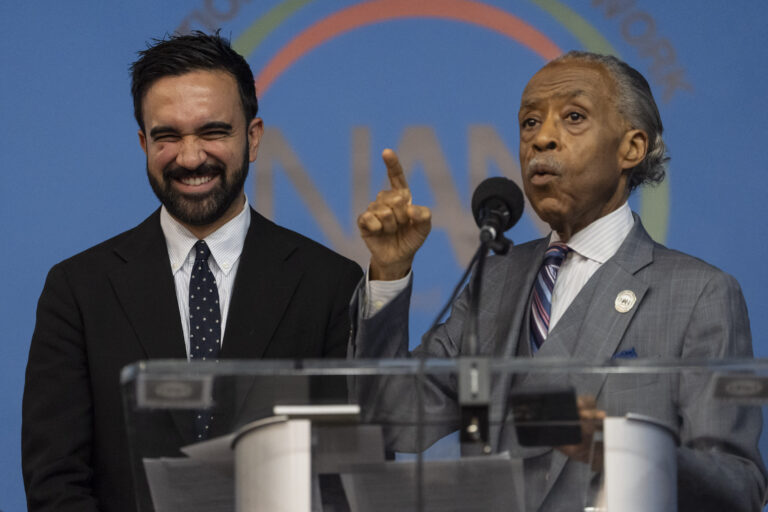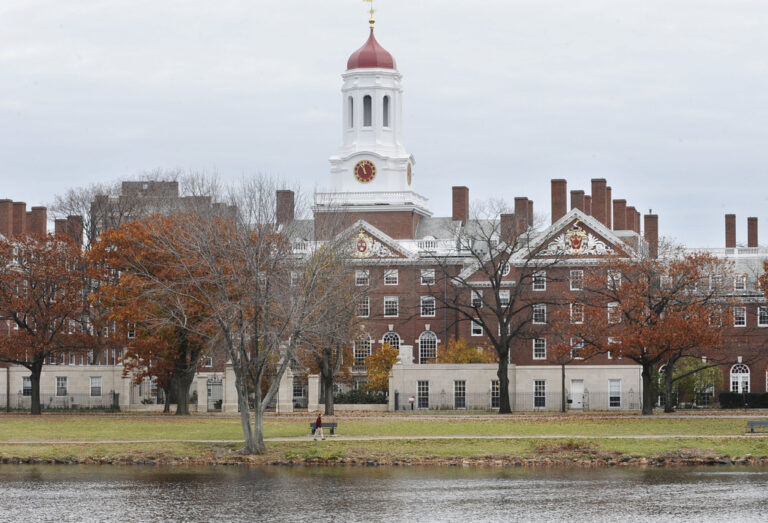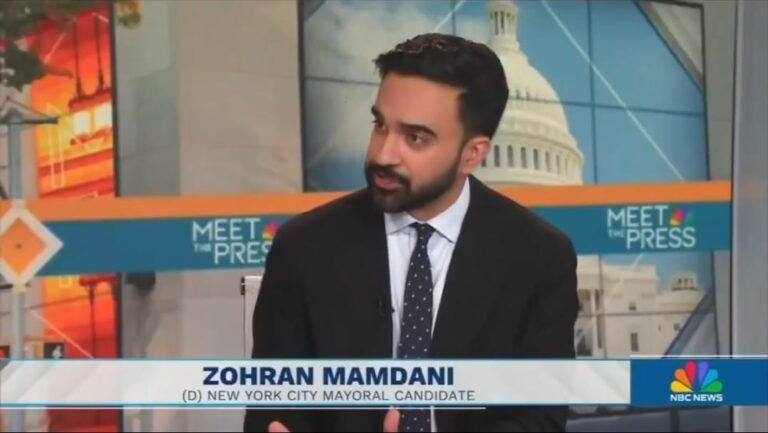From the old steel communities around Pittsburgh to the lakefront communities of Chicagoland, Republicans are facing an increasingly clear reality: They’ve got trouble in the suburbs.
In the last two weeks, Democrats scored an upset in southwest Pennsylvania and dominated the voting in the Republican suburbs outside Chicago. President Donald Trump, who never won over suburbia, continues to get poor marks from the educated, upper income Americans who often call it home. After Democratic victories in state legislative contests in Virginia and special elections across the country — even a stunning Senate election in Republican-dominated Alabama — Republicans have plenty of reason to worry that commuter country may be their undoing in the fight for control of the House in November’s midterm elections.
“Across the board, every single indicator points to one thing: a Republican bloodbath,” said Republican strategist Terry Sullivan.
Democrats need to pick up 23 seats to take the majority — a task made particularly challenging by the way House districts currently are drawn to favor Republicans. Still, any House majority is built on suburban success.
Republicans control most rural and small-town districts, where Trump finds his strongest political support. Democrats dominate districts anchored in big cities, where Trump opposition is fiercest. The party in charge will be the one that wins the battle in between, where the electorate often is the sort of ideological and demographic mix that defines a two-party battleground.
In 2014, when Republicans successfully defended their House majority, GOP nominees won 52 percent of the suburban vote, according to exit polls. Recent polling suggests that support is slipping. An NBC News-Wall Street Journal poll conducted earlier this month found just 43 percent of suburban residents prefer a Republican-run Congress to a Democratic majority.
Democrats’ target list starts with nearly two dozen Republican-held seats where Hillary Clinton bested Trump in 2016. The list is heavy on seats in California and the northeast — suburbs outside Philadelphia and New York — corners of Democratic-leaning states where Trump didn’t win over wealthier, moderate Republicans. Now the GOP fears that those weaknesses are spreading further from big-city centers and also into suburban districts around mid-size and smaller metropolitan areas.
Democrat Conor Lamb is the nightmare. He won in a Pittsburgh-area district where Trump won by nearly 20 percentage points. The Allegheny County portion of the district, the most populated portion just outside of Pittsburgh, had gone to Trump by just 4 points. Lamb won there by 17 percentage points.
The race demonstrated that suburban Republicans, even those who voted for Trump, will vote for a Democrat, in the right circumstances. Lamb was strong candidate who stayed focused on economic issues, and didn’t focus on talking down the president. That formula combined with anti-Trump fueled enthusiasm on the left, could mean trouble for the GOP.
“President Trump isn’t on the ballot for us, but he is on the ballot for them,” said Georgia Republican Chip Lake, a veteran of congressional campaigns across the South. “The president has good numbers with his base, but not with independents and swing voters, and they live in the suburbs.”
In Illinois primary elections on Tuesday, the five counties that wrap around Chicago’s Cook County saw Democrats cast almost five times as many ballots as they did four years ago, ahead of a midterm romp for the GOP. Republicans, meanwhile, saw their turnout drop by almost a quarter of what it was in 2014.
The national Republican money machine is focusing heavily on defending the suburbs. The Congressional Leadership Fund, a political action committee aligned with Speaker Paul Ryan, has opened field offices in 30 Republican-held districts, with plans eventually to spend more than $100 million in as many as three dozen.
The group’s first wave of offices overlapped heavily with the Clinton-GOP districts. But they’ve effectively acknowledge the creep of the suburban with their expansion into places like Rep. Andy Barr’s Kentucky district that includes Lexington — population 318,000 — and its surrounding suburbs.
“We’re not going to get the benefit of the doubt in this environment,” says the group’s director Corry Bliss.
There’s no consensus on how many of the districts will end up truly competitive. National Democrats tout dozens of challengers who outraised Republican incumbents in recent months, putting them in position to wage serious campaigns.
To be sure, all Republicans aren’t so dour in their outlook.
Texas Republicans set their own primary turnout records earlier this month alongside strong Democratic turnout. Bliss insists Republicans can sell the new tax law. Many economic indicators, including consumer confidence, are on a consistent upswing.
Trump himself seems insistent on making himself a regular part of the campaign this year — even after suffering the embarrassing defeat in Pennsylvania three days after appearing alongside the Republican nominee.
“We have a record of accomplishment, we just have to sell it,” said North Carolina Republican Dee Stewart, a longtime adviser to Rep. Patrick McHenry, whose district includes the suburbs of Charlotte.
And some Democrats still limit their forecasts to cautious optimism, citing everything from gerrymandered districts to Trump’s volatile approval ratings.
“Democrats have to avoid overconfidence,” said Dave Hamrick, who helped the party recruit challengers ahead of the 2006 midterms, the last time Democrats flipped House control from Republicans. “There’s a lot of moving parts.”
(AP)











